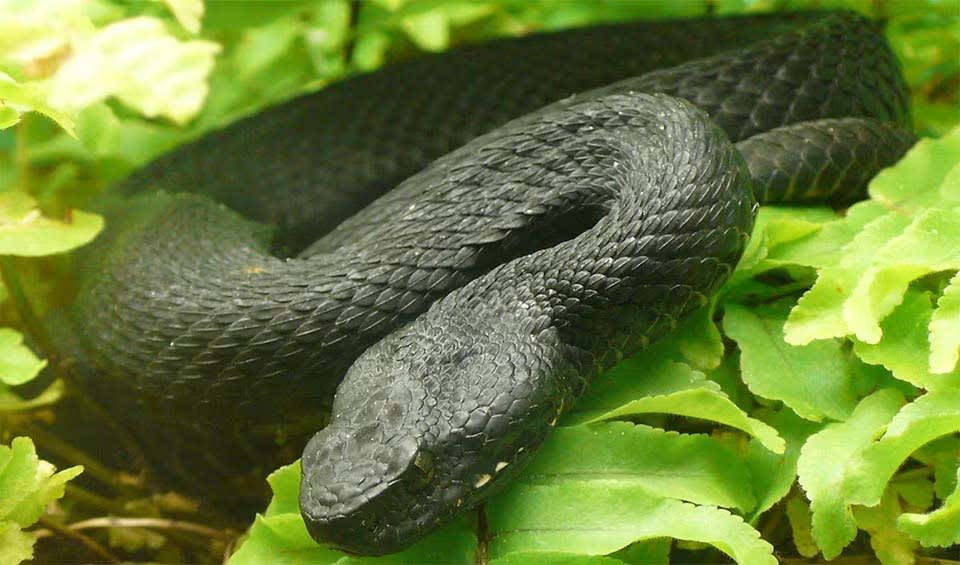A highly specialized species of venomous snake native to the Caucasus Mountains, spanning regions across Russia, Georgia, and Turkey. This snake is particularly adapted to its rugged mountainous habitat, which provides it with not only camouflage but also strategic advantages for hunting and protection.
One of the most distinctive features of the Caucasus viper is its appearance. Typically, it displays a striking pattern that blends well with its natural surroundings. The base color of this snake can range from gray to dark brown, overlaid with darker dorsal blotches that can vary in shape but often resemble a zigzag pattern. This coloration is not just for show; it serves as excellent camouflage among the leaves and rocks of its mountain habitat, helping it avoid predators and ambush prey.
Despite its smaller size, it is robust and stocky, with a broad, flat head that is distinct from its neck. This physical structure is typical of vipers, which are equipped with potent venom glands that deliver venom through large, hinged fangs that fold back into the mouth when not in use.
The Caucasus viper’s diet primarily consists of small mammals, birds, and occasionally lizards. Its highly effective venom allows it to quickly immobilize prey, showcasing its remarkable hunting prowess and precision.
Reproduction in Caucasus vipers is ovoviviparous, meaning the females give birth to live young rather than laying eggs. This reproductive strategy is particularly well-suited to their cooler mountain environment, as it eliminates the need for the mother to find a warm spot to incubate eggs. The young are born fully formed and are capable of fending for themselves almost immediately, including hunting and using their venom.
Distribution
 Georgia
Georgia Russia
Russia Turkey
TurkeyAnything we've missed?
Help us improve this page by suggesting edits. Glory never dies!
Suggest an editGet to know me
Terrestrial / Aquatic
Altricial / Precocial
Polygamous / Monogamous
Dimorphic (size) / Monomorphic
Active: Diurnal / Nocturnal
Social behavior: Solitary / Pack / Herd
Diet: Carnivore / Herbivore / Omnivore / Piscivorous / Insectivore
Migratory: Yes / No
Domesticated: Yes / No
Dangerous: Yes / No




